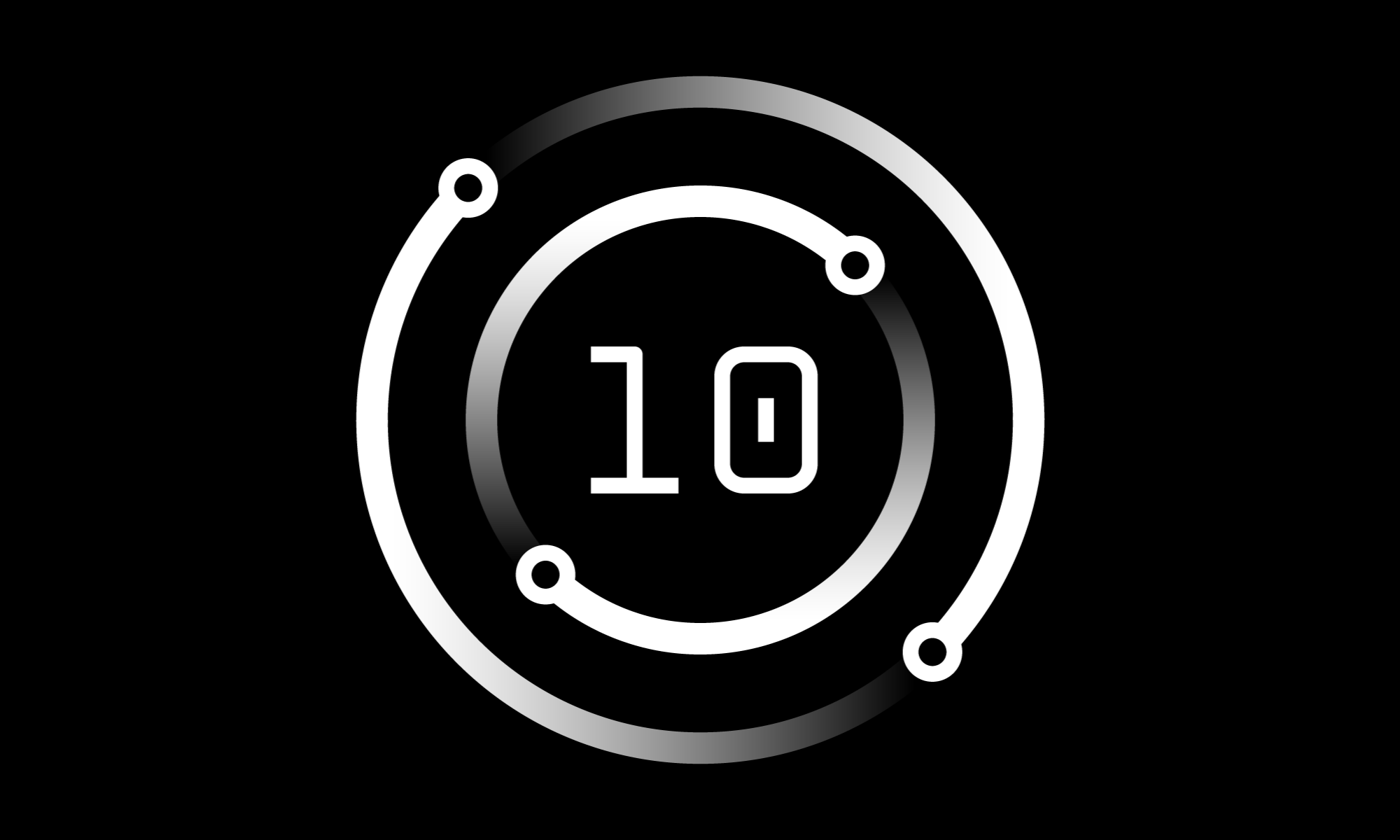[[{“value”:”This post is in answer to a question I was asked:
We have compiled an RPG program from an IFS location but we are unable to determine the source of the compilation. We attempted the DSPPGM command and APIs, but they only show the member location when the program is compiled from a library, not for the IFS.
All modern RPG programs contain modules, even if I used the CRTBDNRPG command to create the program object. In this example I have a program TESTRPG, that is in the library MYLIB, that I created using CRTBDNRPG.
Read more »”}]] Read More


